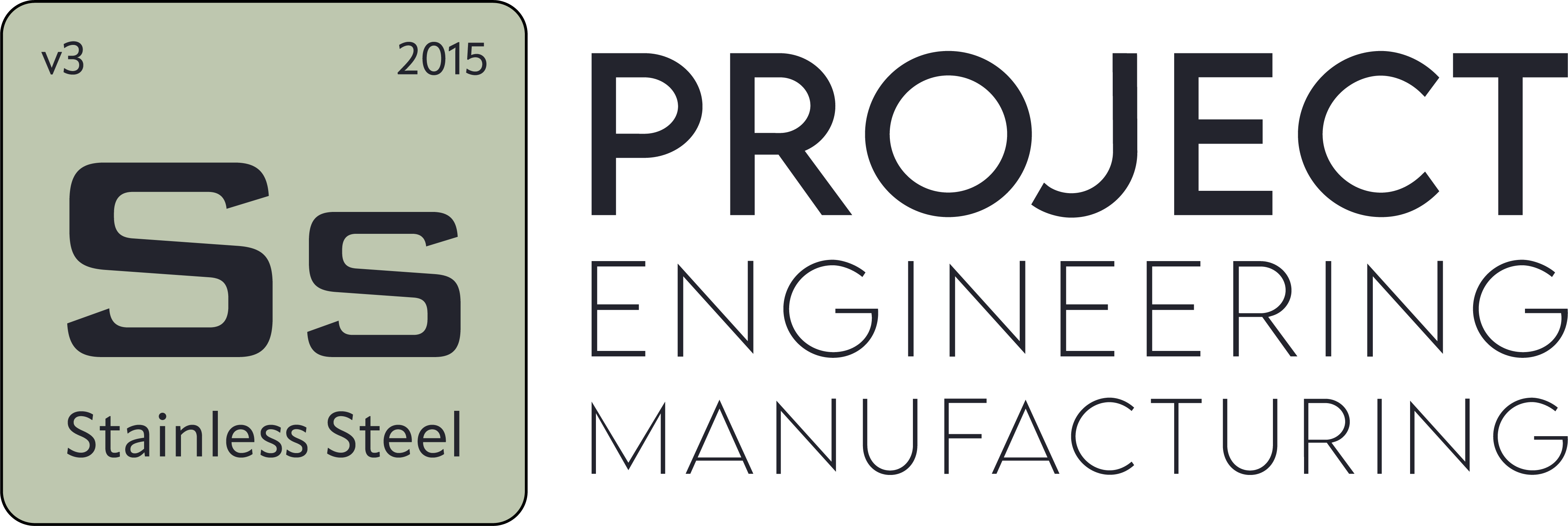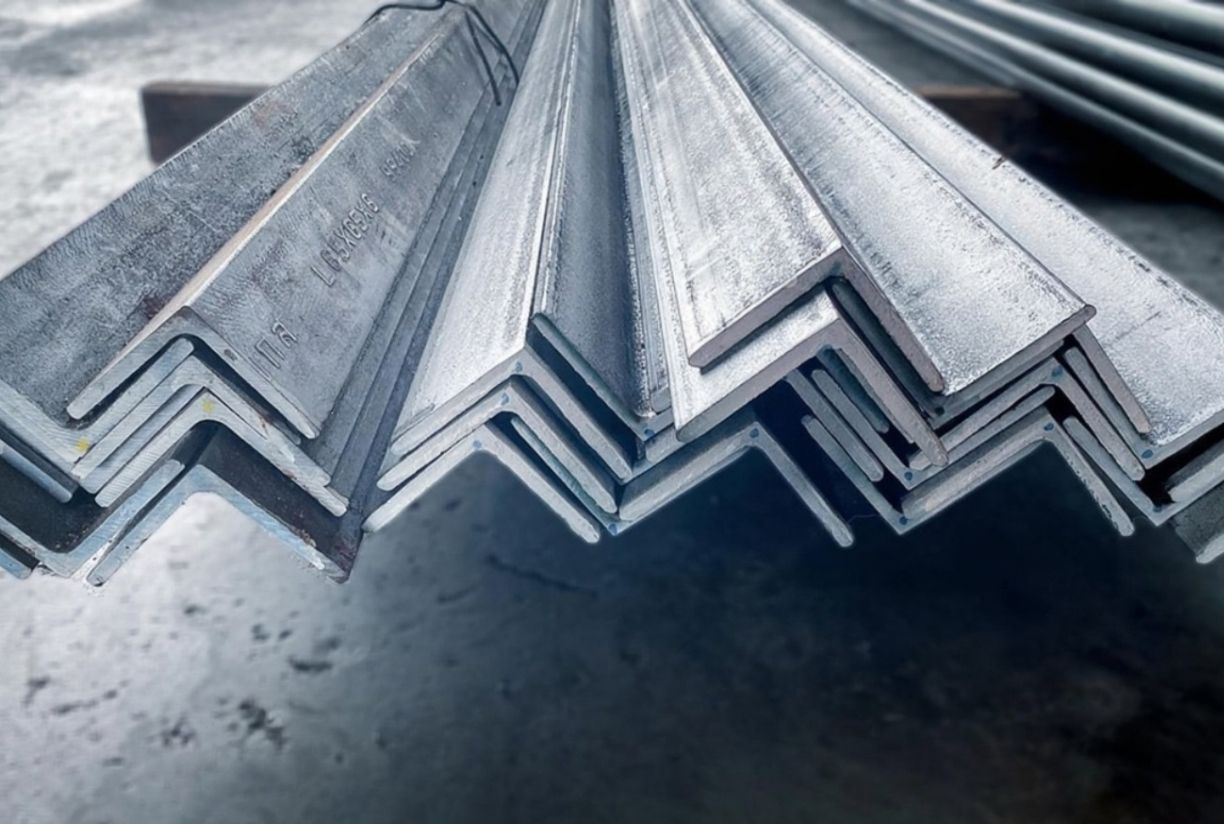What Are the Types of Stainless Steel?
- Blog
- What Are the Types of Stainless Steel?
What Are the Types of Stainless Steel?
Table of Contents
- What Are the Types of Stainless Steel and Where Are They Used?
- What Are the Differences Between 304, 316, and 430 Stainless Steel?
- Which Type of Stainless Steel Should Be Preferred in Industrial Production?
- How Do Stainless Steel Types Differ in Terms of Durability and Corrosion Resistance?
- What Should You Pay Attention to When Choosing Stainless Steel Types?
- Key Features of Stainless Steel Types Used in Industry
What Are the Types of Stainless Steel and Where Are They Used?
Stainless steel types have a wide range of applications in industry and daily life. SS Proje meets the needs of various sectors with its high-quality stainless steel production. The main types of stainless steel include austenitic, ferritic, martensitic, and duplex steels.
Austenitic stainless steel is known for its high corrosion resistance and formability. It is preferred in areas where hygiene is a priority, such as food processing, chemical, and pharmaceutical industries. At SS Proje’s production facilities, this type is processed with precision techniques to meet high quality standards.
Ferritic stainless steel has magnetic properties and is widely used in automotive and kitchen equipment. Martensitic steels are preferred for knives, valves, and pump parts that require high hardness and durability. Duplex steels stand out in the oil and gas industry, where both corrosion resistance and mechanical strength are critical.
SS Proje processes different types of stainless steel to provide customized solutions for its clients. Appropriate production and quality control processes are applied for each steel type, ensuring maximum durability and performance. This guarantees long-lasting and safe products in industrial applications.
What Are the Differences Between 304, 316, and 430 Stainless Steel?
304 stainless steel is one of the most commonly used types in the industry and is known for its high corrosion resistance. SS Proje particularly prefers this type in the production of food and kitchen equipment. Thanks to its formability and durability, 304 steel can be safely used in a wide variety of applications.
316 stainless steel has higher corrosion resistance compared to 304. With the addition of molybdenum, it is especially prominent in marine and chemical industries. SS Proje provides long-lasting and safe solutions for chemical tanks and industrial facilities with 316 steel. This type offers superior durability against aggressive environments.
430 stainless steel is a ferritic steel with magnetic properties. Its corrosion resistance is lower compared to 304 and 316, but it is more cost-effective. SS Proje generally uses 430 steel in decorative applications and low-risk industrial equipment.
304 and 316 stainless steels, due to their austenitic structures, provide high flexibility and formability, while 430 emphasizes hardness and durability with its ferritic structure. SS Proje selects each type of stainless steel according to the application area to ensure maximum performance and longevity.
Which Type of Stainless Steel Should Be Preferred in Industrial Production?
The choice of stainless steel in industrial production depends on the usage area and environmental conditions. SS Proje carefully selects materials that ensure durability and long service life in its facilities. 304 stainless steel stands out in food, kitchen equipment, and indoor applications thanks to its high corrosion resistance and formability.
316 stainless steel is particularly preferred in chemical and marine industries. With molybdenum content, it shows superior durability against aggressive environments. SS Proje safely uses this material in chemical tanks and industrial pipelines. In applications requiring high corrosion resistance, type 316 is the best choice.
430 stainless steel, with its ferritic structure, offers magnetic properties and high hardness. This material provides cost advantages in low-corrosion environments and is used by SS Proje in decorative and low-risk equipment. In industrial use, the choice of steel depends on the requirements of the process.
SS Proje ensures efficiency, safety, and durability by selecting the right type of stainless steel for each application. While austenitic steels provide flexibility and formability, ferritic steels offer advantages in projects requiring hardness and long service life.

How Do Stainless Steel Types Differ in Terms of Durability and Corrosion Resistance?
In industrial production, stainless steel types stand out with their different durability and corrosion resistance properties. SS Proje selects each material according to its purpose to guarantee long service life and safety in projects. 304 stainless steel, with its austenitic structure, provides high corrosion resistance and is preferred in kitchens, food, or indoor equipment.
316 stainless steel, with molybdenum content, offers superior durability against aggressive chemical environments and marine conditions. SS Proje uses this material in chemical tanks and industrial pipelines to provide long-lasting solutions. This type, with its high corrosion resistance, is especially critical in abrasive environments.
430 stainless steel, with its ferritic structure, offers high hardness and magnetic properties, but its corrosion resistance is lower compared to 304 and 316. SS Proje uses this type in decorative or low-risk industrial applications. The choice of material in terms of durability and corrosion resistance depends on the application conditions and intended service life.
SS Proje determines the appropriate processes and treatment methods for each type of stainless steel to maximize both durability and corrosion resistance. While austenitic steels provide flexibility and formability, ferritic steels stand out in projects requiring hardness and long service life.
What Should You Pay Attention to When Choosing Stainless Steel Types?
When choosing stainless steel, factors such as corrosion resistance, durability, and application area play a critical role. SS Proje determines the right type of stainless steel for each application in its projects, providing long-lasting and safe solutions. For example, 304 stainless steel is frequently preferred in food and kitchen equipment because of its high corrosion resistance and formability.
In aggressive conditions such as chemical or marine environments, it is important to use 316 stainless steel. With molybdenum content, its corrosion resistance increases, and SS Proje applies this material for tanks and pipelines. Durability and environmental factors are always priorities in selecting stainless steel.
Ferritic 430 steel offers high hardness and magnetic properties but has lower corrosion resistance compared to 304 and 316. SS Proje uses this type of steel in low-risk or decorative applications. In selection, material cost, processability, and aesthetic criteria should also be considered.
Considering material quality, processing techniques, and operating conditions, SS Proje ensures optimum performance in the selection of stainless steel in its projects. Appropriate maintenance and usage recommendations for each steel type also play a critical role in maintaining quality.
Key Features of Stainless Steel Types Used in Industry
Stainless steel types used in industry offer different advantages in terms of durability, corrosion resistance, and processability. SS Proje selects the right material in each project to ensure both performance and long-lasting solutions. Particularly, 304 stainless steel is one of the most preferred types in food, pharmaceutical, and kitchen equipment due to its high formability and corrosion resistance.
316 stainless steel, with molybdenum content, provides superior protection in seawater, chemical tanks, and aggressive environments. Thanks to this feature, SS Proje frequently uses 316 steel in its projects to achieve reliable results under challenging conditions. Ferritic 430 steel, although it has lower corrosion resistance, stands out with its magnetic properties and cost-effectiveness, making it suitable for decorative applications.
In industry, duplex stainless steels such as 2205 are also important. These types provide high strength and enhanced corrosion resistance in chloride-rich environments, commonly used in pipelines and pressure vessels. SS Proje prioritizes quality and safety by selecting the right types of stainless steel according to different industrial needs.
Since each type of stainless steel offers different advantages in the production process, factors such as application area, cost, and durability should be considered when making a choice. SS Proje integrates the most suitable solutions into its projects by taking these criteria into account.


